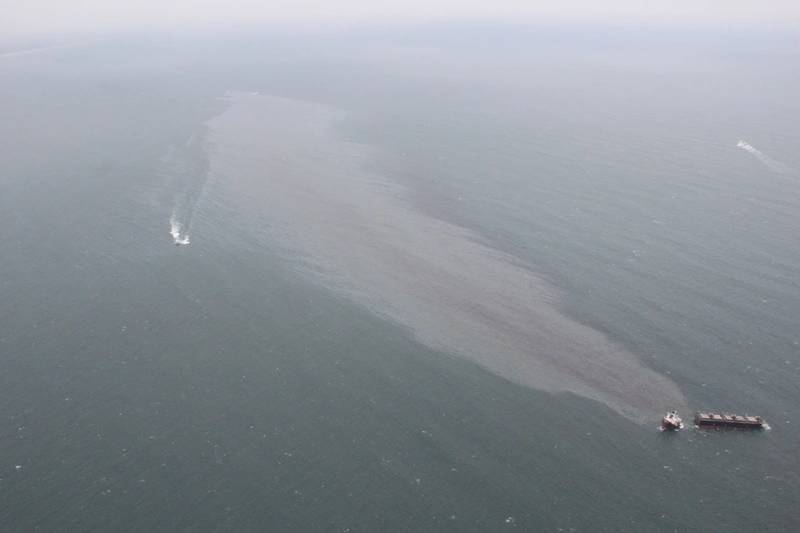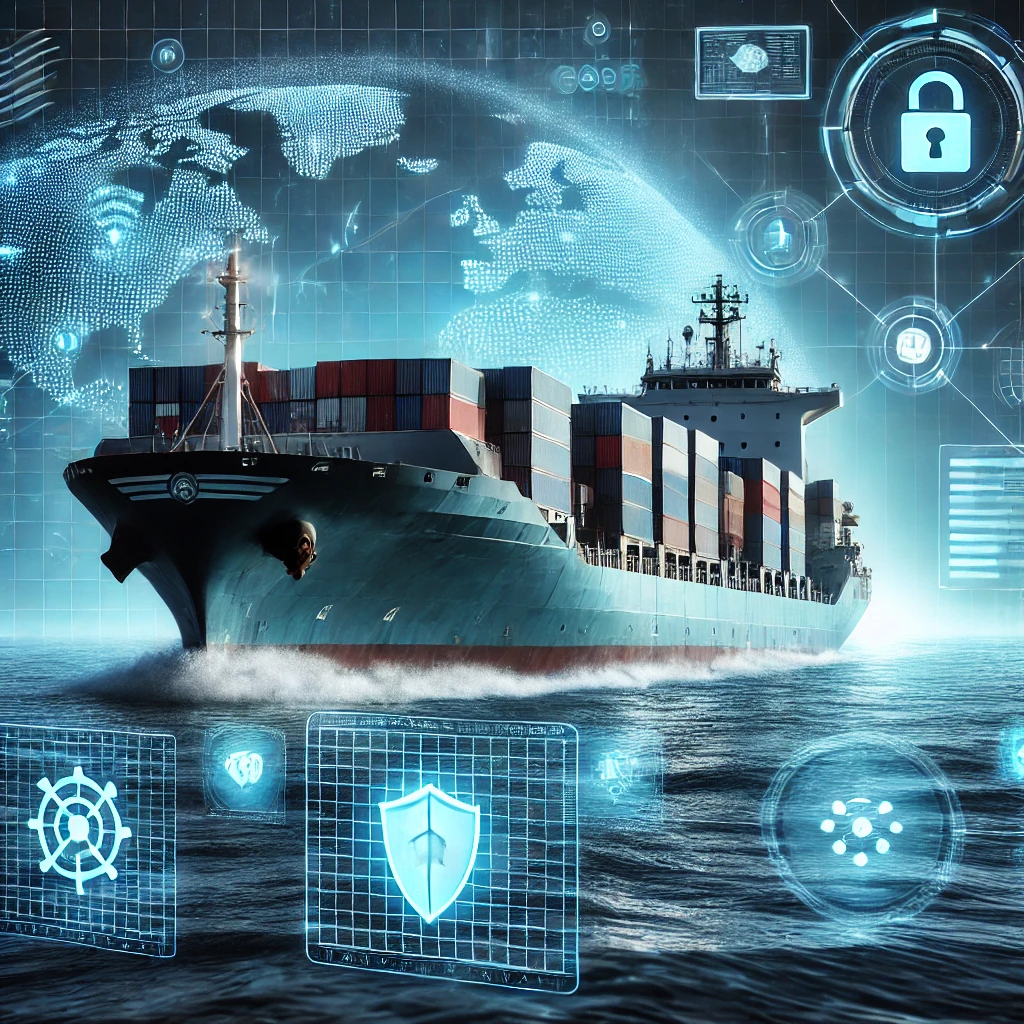Aug 24 (Reuters) – Solid demand across dry bulk vessels segments propelled the Baltic Exchange’s main sea freight index to its highest level in more than a decade on Tuesday, with larger capesizes stretching a winning streak to a 10th straight day.
* The overall index, which factors in rates for capesize, panamax, supramax and handysizeshipping vessels, rose 54 points to 4,201, its highest since mid-2010.
* Disruptions such as port congestion and global shipping constraints have contributed significantly to gains across the shipping sector, sharply cutting tonnage supply for months, Allied Shipbroking said in a weekly note.
* However, risks still remain, including headwinds from the COVID-19 pandemic and its impact on the economy, the note said.
* The capesize index gained 1.5%, or 92 points, at 6,206, a near 12-year high.
* Average daily earnings for capesizes, which typically transport 150,000-tonne cargoes such as iron ore and coal, added $764 to $51,472.
Related: Rally Looks Set as Dry Bulk Shipping Rates Soar
* While robust demand for iron ore cargoes from Australia to China have boosted capesize rates, “the recent drop in iron ore prices could well play a pivotal role in coming weeks,” Allied Shipbroking said in the note.
* Benchmark iron ore futures rebounded, with Dalian prices extending overnight gains as easing worries over the COVID-19 outbreak in China helped calm nerves after several days of sell-offs driven by demand concerns.
* The panamax index advanced 37 points, or about 1%, to its highest in six weeks at 3,846.
* Average daily earnings for panamaxes, which usually carry coal or grain cargoes of about 60,000 tonnes to 70,000 tonnes, increased by $333 to $34,615.
* Among smaller vessels, the supramax index added 40 points to 3,343, an all-time high, as per Refinitiv Eikon data available since 2017.
(Reporting by Rahul Paswan in Bengaluru; Editing by Amy Caren Daniel)
(c) Copyright Thomson Reuters 2021.
SOURCE READ THE FULL ARTICLE






